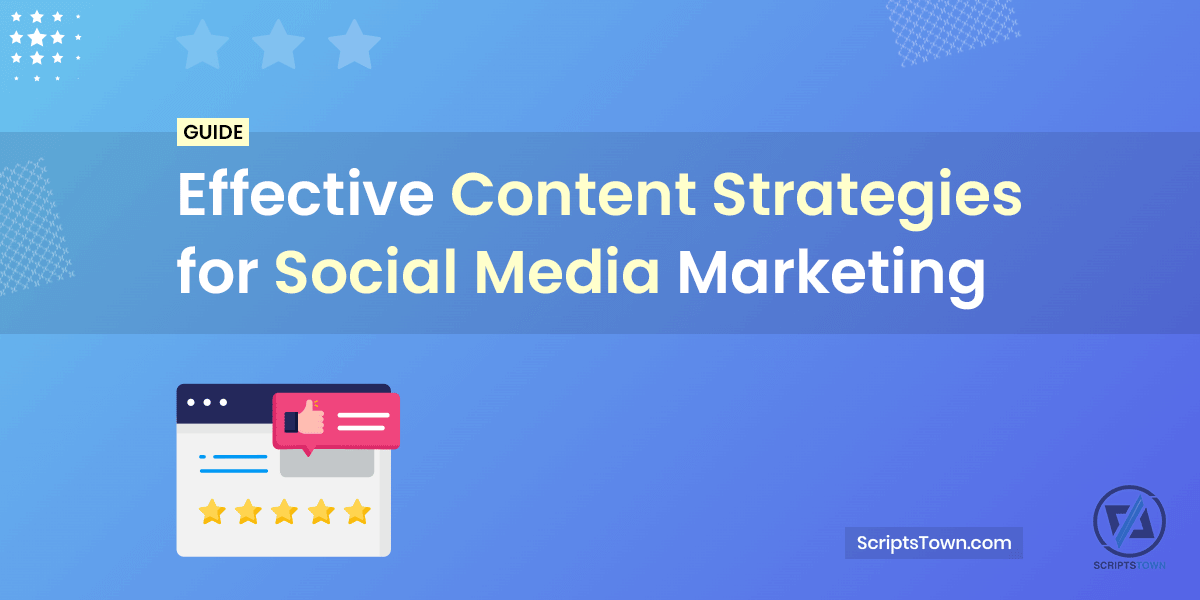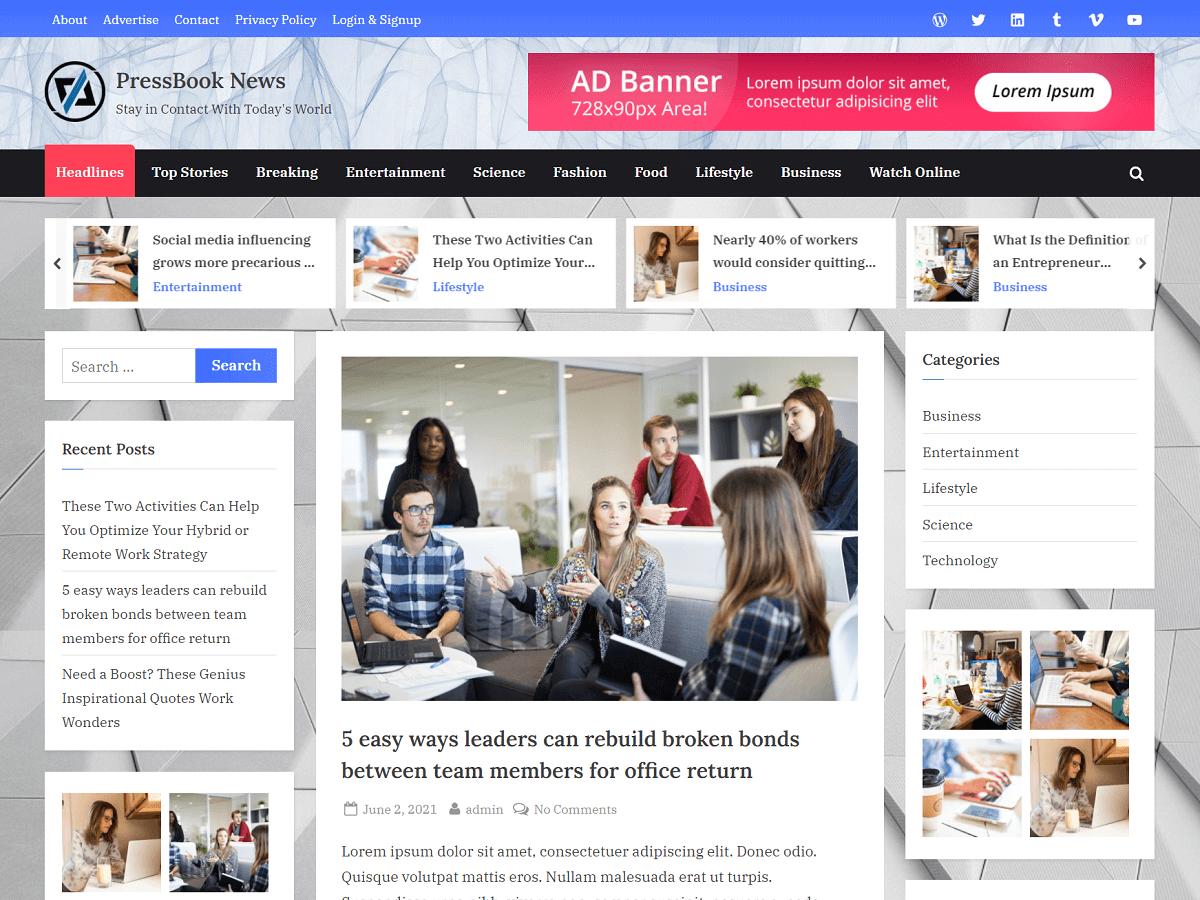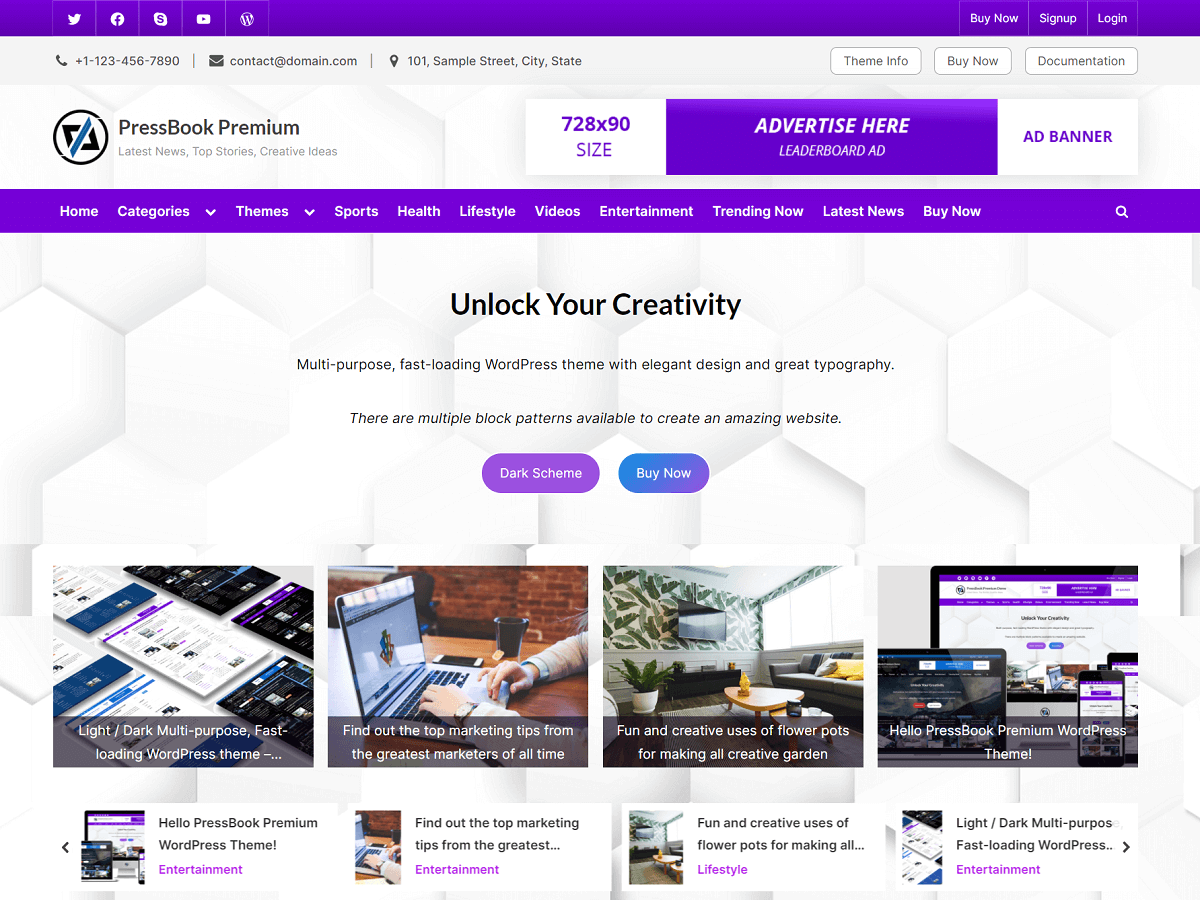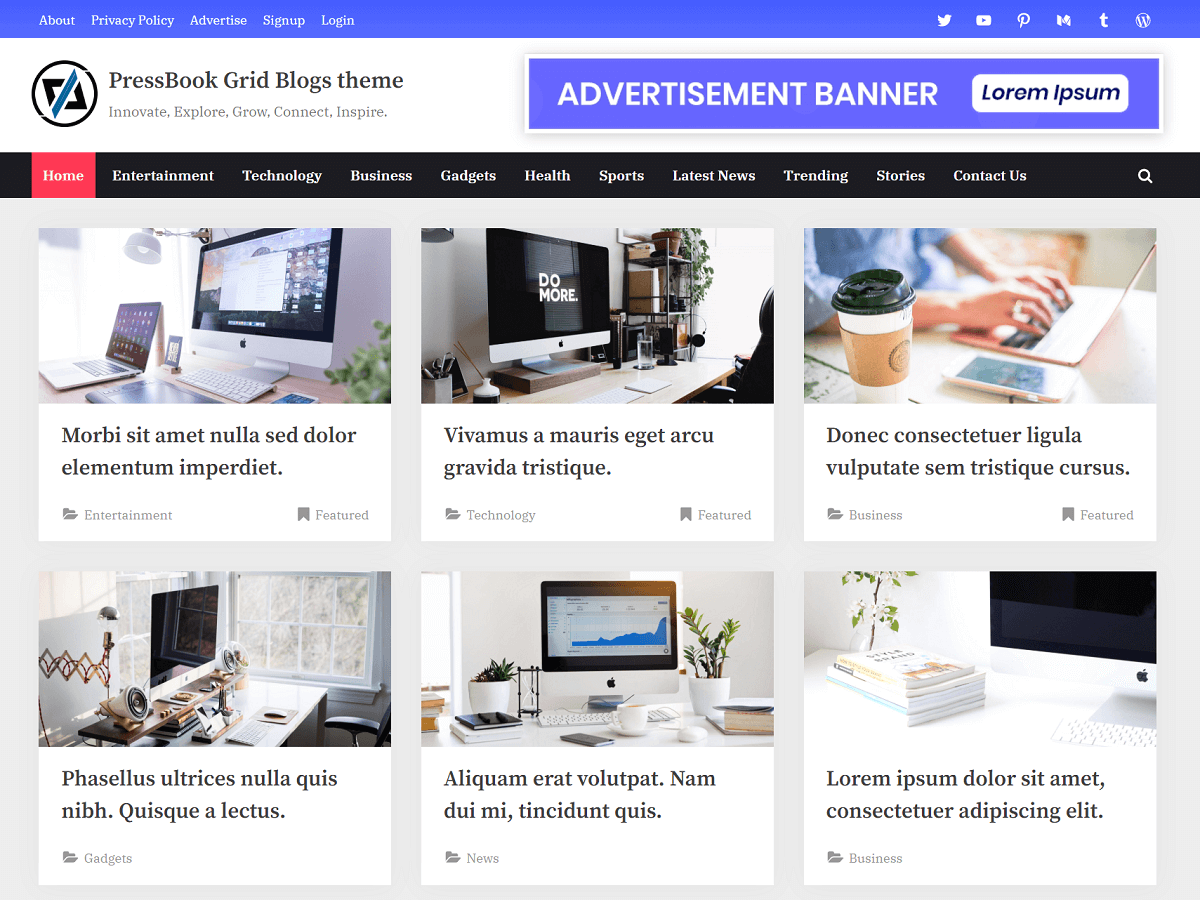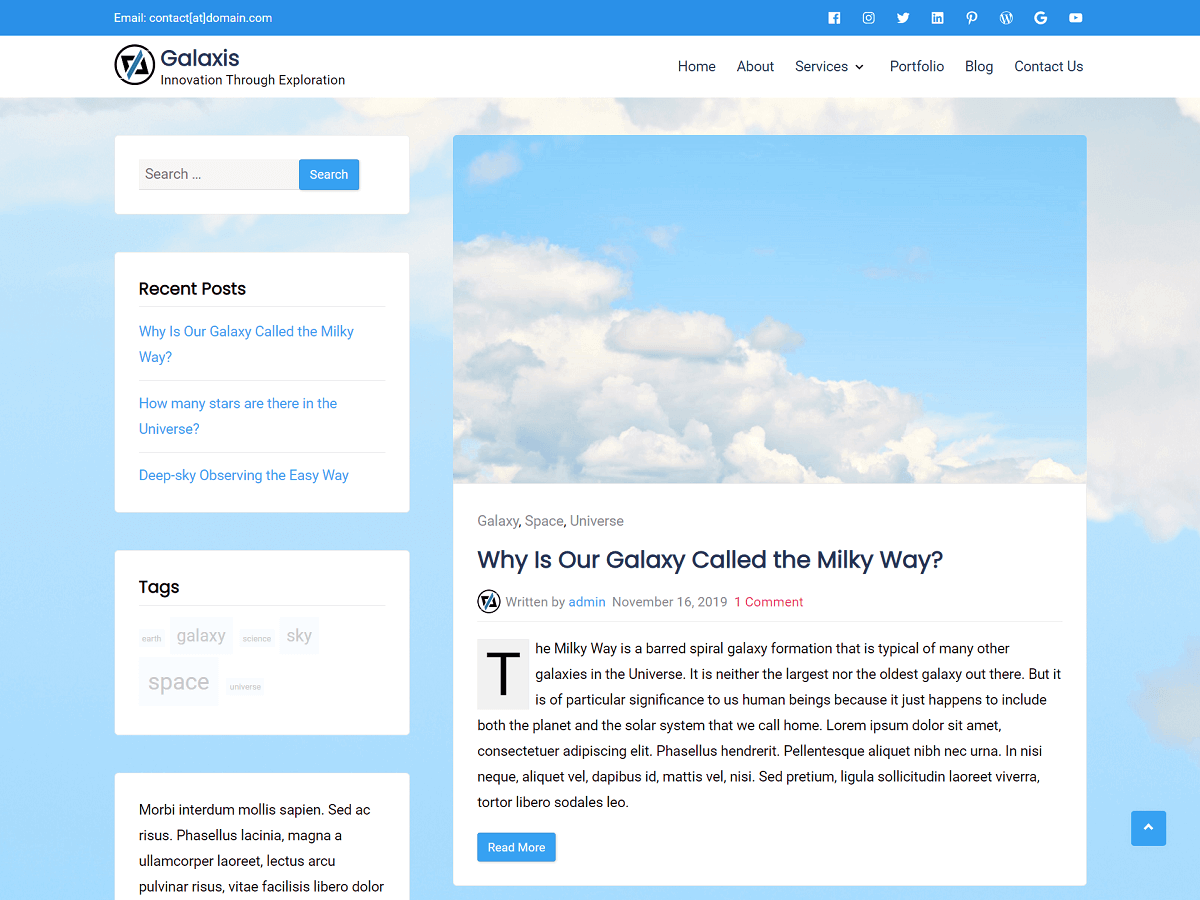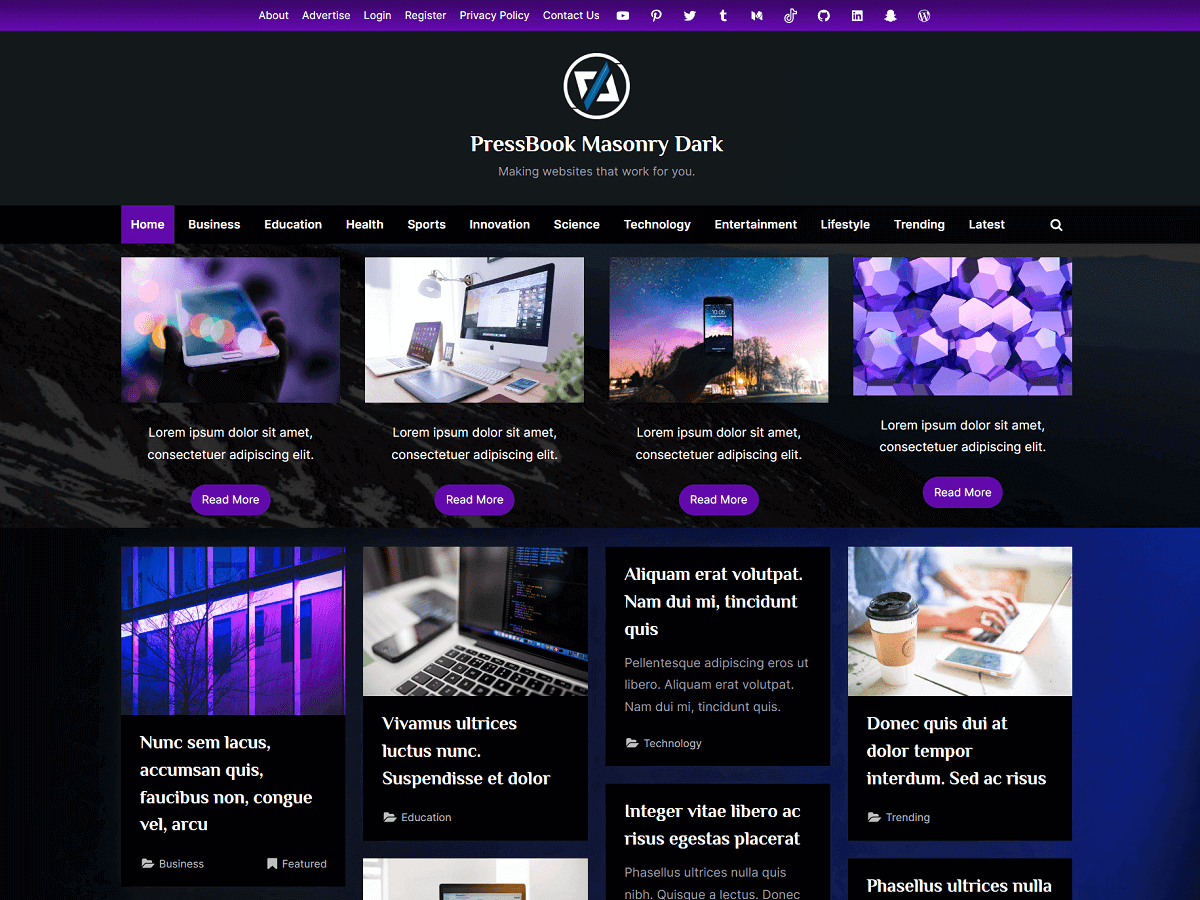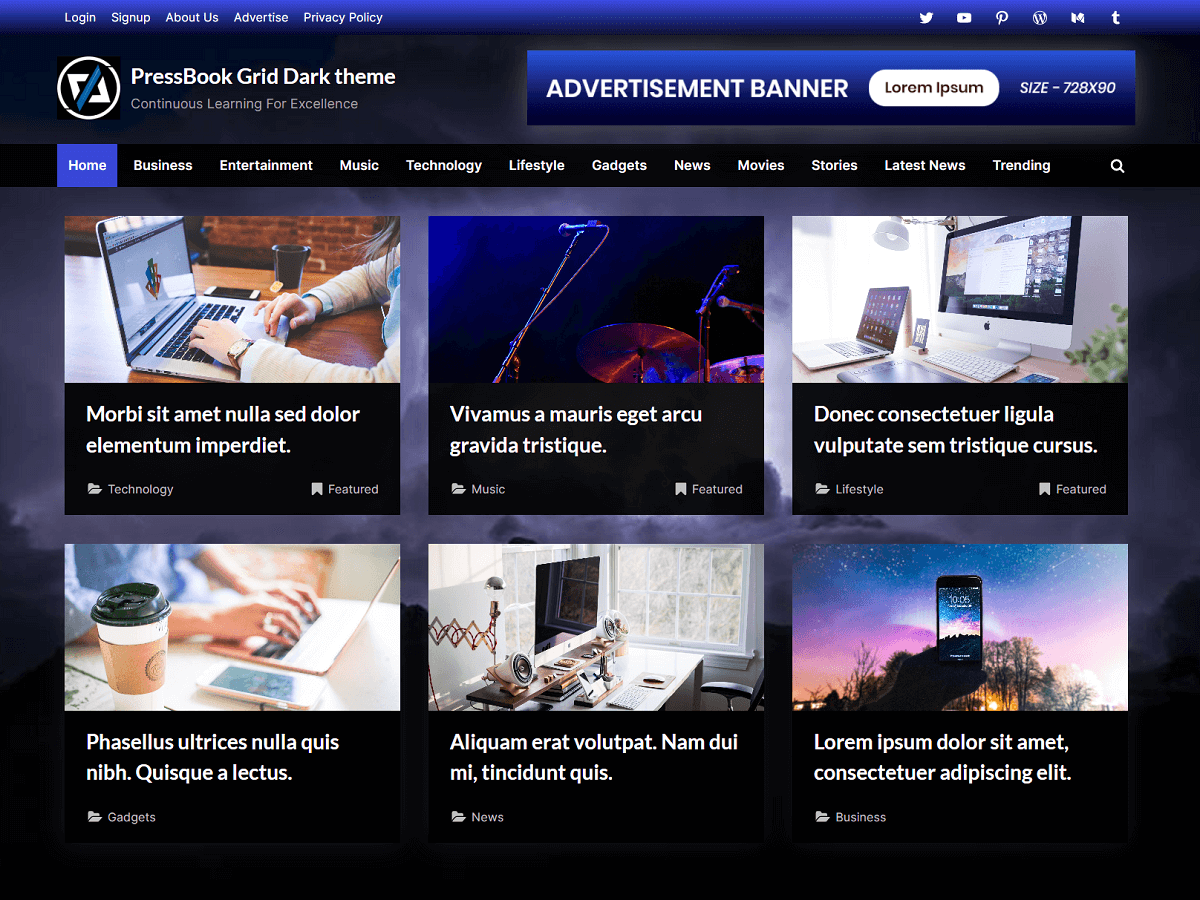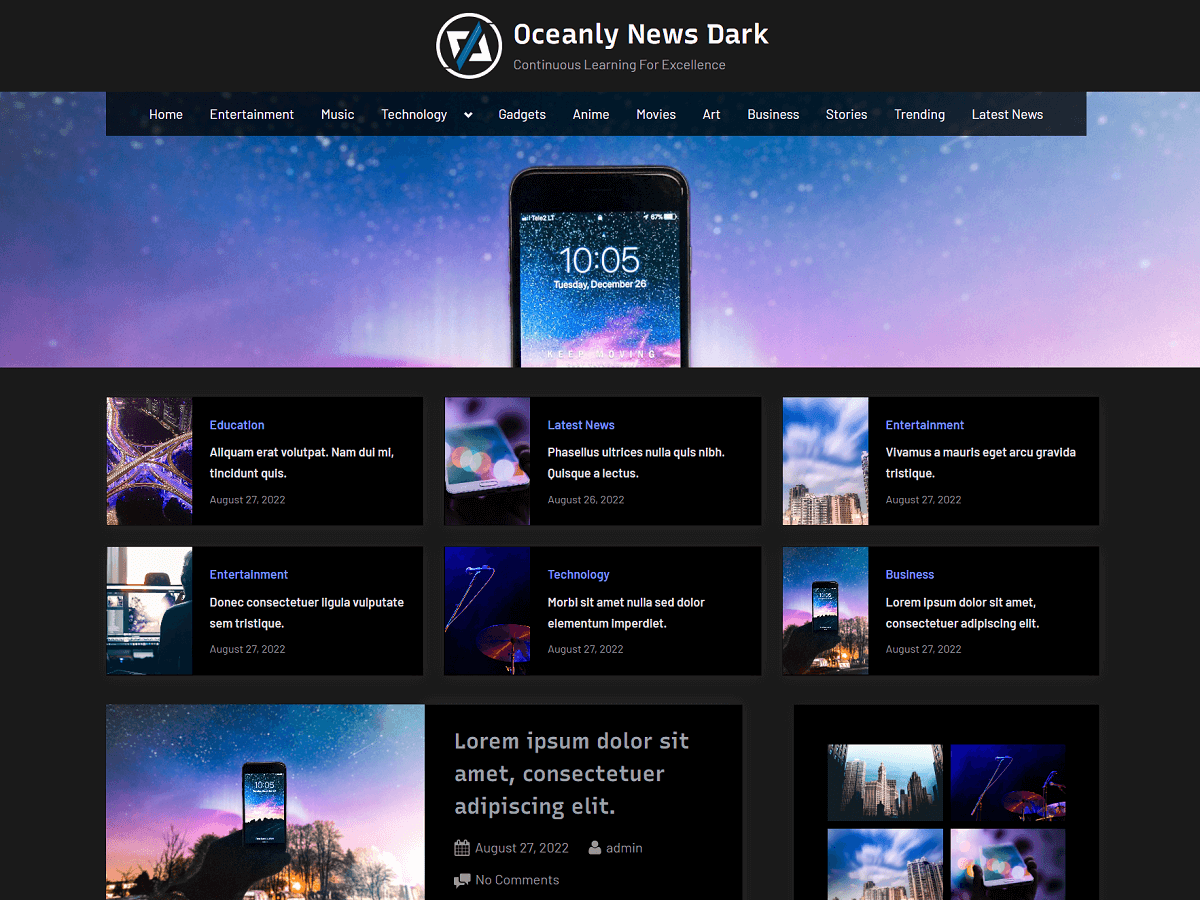In this guide, we explore the essential types of social media content, provide tips for content creation, and offer insights into effective content strategies for social media marketing.
Marketing on social media is a fast and effective way to increase sales, customers, and revenue. However, simply posting on social media is not enough; you need to come up with the right content, say the right things, and share a mix of information, personality, and value.
What is a Social Media Content Strategy?
A social media content strategy is a plan that outlines what content you’ll create, when you’ll post it, and how it aligns with your overall marketing goals. It’s the roadmap that guides your social media efforts and helps you achieve your business objectives.
Why is a Content Strategy Important?
Having a well-defined content strategy helps you:
- Maintain consistency in your brand messaging.
- Engage your audience effectively.
- Save time and resources by planning ahead.
- Measure and improve your social media performance.
- Achieve your marketing objectives.
Key Elements of an Effective Content Strategy
An effective social media content strategy includes:
- Clear goals and objectives: Define specific, measurable outcomes for your content strategy like increasing brand awareness, driving website traffic, or generating leads.
- Target audience definition: Identify and create detailed personas of your ideal customers, including their demographics, interests, pain points, etc.
- Content types and themes: Determine the most effective formats (e.g., text, images, videos, infographics) and topics that best engage your audience. Diverse content types and consistent themes help build a recognizable brand voice.
- Posting schedule: Develop a consistent publishing calendar that outlines when and where content will be shared. A well-planned posting schedule helps maintain a steady presence and maximize reach and engagement.
- Content creation and management plan: Establish processes for ideation, creation, approval, and scheduling of content. This builds a smooth workflow and maintains quality control across all your content efforts.
Types of Content for Social Media Marketing
To create a well-rounded and engaging social media presence, it’s crucial to diversify your content. There are different types of content that you should understand and implement.
Each type serves a specific purpose and, when used in combination, can help you build a strong, loyal following while driving business growth.
Core Content
Core content forms the foundation of your social media strategy. It revolves around your personal or business philosophy, values, mission, vision, and goals.
This type of content allows you to build deeper connections with your audience by showcasing what you stand for and why you do what you do.
Examples of core content:
- A post explaining your mission statement and how it guides your business decisions.
- An infographic illustrating your company’s core values and how they benefit customers.
- A video that shares the story of why you started your business.
- A visual roadmap of your company’s 5/10-year goals (e.g., expanding to new markets, achieving milestones) and how they serve your audience.
Tips for creating effective core content:
- Be authentic and transparent about your beliefs and values.
- Use personal stories to illustrate your points and make them relatable.
- Show how your values translate into tangible benefits for your customers.
- Incorporate your core messages subtly into other types of content.
Educational Content
Educational content on social media aims to inform and teach followers something new or expand their knowledge on a topic.
This type of content can cover a wide range of subjects, from academic fields to skills.
Examples of educational content:
- A tech company could share infographics about cybersecurity best practices.
- A digital marketing agency could post weekly SEO tips to help small businesses improve their online presence.
- Fun facts or “Did you know?” posts.
- Short educational videos or explainer videos on current events.
- Q&A sessions with experts in various fields.
Tips for creating educational content:
- Share valuable information, tips, tricks, and insights related to your industry or niche.
- Start with a bold statement, question, or surprising fact.
- Focus on one concept per post.
- Encourage shares and interaction through learning.
Entertaining Content
Entertaining content is the most effective content type in terms of engagement level on social media. It is designed to amuse, delight, or engage followers.
This type of content often goes viral on social media and increases your reach and brand visibility. It can take many forms and usually aims to evoke positive emotions like laughter, excitement, or curiosity.
Examples of entertaining content:
- Interesting facts, humorous short videos, or memes related to your niche.
- Challenges or contests for followers to participate in.
- Giving a peek into your company culture or the making of your products.
- Product transformation timelapse: Showcasing the creation process from raw materials to finished product in a fast-paced, visually captivating format.
- Customer submission spotlight: Featuring creative ways customers use your products through user-generated content contests that encourage community participation.
Tips for creating entertaining content:
- Know your audience’s sense of humor and preferences.
- Use eye-catching visuals or catchy music.
- Encourage sharing by making content relatable.
- Stay current with popular trends and formats.
Inspirational Content
Inspirational content aims to motivate, encourage, or uplift your audience. It often includes quotes, success stories, and motivational messages that resonate with your followers’ aspirations and values.
Examples of inspirational content:
- Success stories from customers, community members, or business owners.
- A tech company could share a customer testimonial about how their software helped streamline business operations.
- Highlights of people making a positive impact in the world.
- Impact statistics visualization: Create compelling graphics showing the collective difference your company has made (problems solved, resources saved).
Tips for creating inspirational content:
- Be authentic and genuine in your messaging.
- Use inspiring imagery to enhance the emotional impact.
- Offer practical tips along with inspiration.
- Encourage followers to share their own inspiring stories.
Contrarian Content
Contrarian content challenges industry norms or widely accepted practices.
This type of content helps you stand out from the crowd by offering fresh perspectives and alternative viewpoints.
Examples of contrarian content:
- A post debunking common myths in your industry.
- A video explaining why a popular trend might not be as effective as people think.
- An article proposing an unconventional solution to a common problem.
Tips for creating impactful contrarian content:
- Identify common practices in your industry and explain why they might be flawed or outdated. You can share real-world examples where following industry norms led to failure, and explain how a different approach could have yielded better results.
- Back up your claims with data, research, or personal experience. Provide evidence or case studies to support your views.
- Present your arguments respectfully and thoughtfully.
- Offer alternative solutions or approaches to the issues you’re addressing.
- Be prepared to engage in discussions and defend your viewpoint.
How-to Content
How-to content provides value by teaching your audience how to accomplish specific tasks or achieve certain goals. It can include step-by-step instructions or guides related to your products, services, or niche.
This type of content establishes your expertise, positions you as a knowledgeable authority, and provides substantial value.
Examples of how-to content:
- A step-by-step tutorial on how to use your product.
- A webinar teaching a specific skill related to your industry.
- An in-depth guide on solving a common problem your audience faces.
- Short, free mini-courses on specific topics relevant to your audience.
Tips for creating engaging how-to content:
- Break down complex topics into easy-to-understand steps.
- Use visuals, such as diagrams or screenshots, to illustrate your points.
- Include downloadable checklists or templates to add value.
- Anticipate common questions or obstacles and address them proactively.
- Provide actionable takeaways that your audience can implement immediately.
Case Study Content
Case study content showcases real-life examples of how your products or services have helped customers. It demonstrates the impact of your work through real-life examples, customer stories, testimonials, case studies, and interviews.
This type of content builds credibility and trust by letting your satisfied customers speak on your behalf. They provide social proof and demonstrate your brand’s effectiveness.
Examples of case study content:
- Before-and-after photos, stories, video testimonials. For instance, a video testimonial from a happy customer.
- A before-and-after post showing a client’s transformation. For example, a marketing agency could share a case study of how they increased a client’s sales by 200%.
- An in-depth article detailing how your product solved a specific problem for a client.
Tips for creating effective case study content:
- Focus on specific, measurable results.
- Tell a story that highlights the customer’s journey and challenges.
- Use a mix of formats (text, images, videos) to make your case studies more compelling.
- Always get permission from clients before sharing their stories.
Promotional and Value-Added Content
Promotional content is designed to prompt your audience to take a specific action, such as making a purchase or signing up for a newsletter. The promotional content should always tie back to solving a problem or improving the customer’s experience.
Value-added content provides additional benefits like free resources or exclusive content.
The promotional content, combined with value-added content, is crucial for turning your social media efforts into tangible business results. It drives sales or other actions while maintaining a balance between selling and providing value.
Examples of promotional content:
- A limited-time offer, flash sale, or discount code for your products or services.
- A post announcing a new product launch with a link to pre-order.
- An invitation to sign up for an exclusive webinar or event.
- A tutorial featuring product applications: Step-by-step instructional content, teaching valuable skills while demonstrating how your products enhance results or efficiency.
Tips for creating effective promotional content:
- Highlight the benefits of taking the desired action.
- Highlight product features, special offers, or discounts.
- Balance promotional content with other types of content to avoid seeming too salesy. For instance, you can combine promotion with some useful information.
- Create a sense of urgency or scarcity when appropriate.
Trending and Seasonal Content
Trending and seasonal content focuses on current trends, seasonal themes, popular topics, holidays, or specific times of the year.
It helps keep your content relevant and timely, showing that your brand is in tune with what’s happening in the world or in your industry. It can also take advantage of increased interest in certain topics during specific seasons or events.
Examples of trending and seasonal content:
- Updates on current news events relevant to your niche.
- Reactions to viral trends or challenges.
- Expert analysis on viral news stories relevant to your field, providing insights that connect current events to your company’s expertise.
- Seasonal product showcases or tips.
Tips for creating trending and seasonal content:
- Stay up-to-date with current news in your field.
- Plan ahead for known seasonal events or holidays.
- Be quick to join trends while they’re still popular.
- Add your own unique twist to trending topics.
Content Creation and Management Strategies
Efficient content creation and management strategies are important for maintaining a steady flow of high-quality social media posts. These strategies involve planning, producing, and scheduling high-quality social media posts.
Developing a Content Calendar
Create a schedule for your social media posts to ensure consistent posting and a balanced mix of content types. A content calendar helps you plan ahead, coordinate across platforms, and align your content with important dates or events.
- Calendar tool: A calendar tool helps to organize and visualize your content calendar. Select a calendar tool that works best for your team. This could be as simple as a spreadsheet or as sophisticated as a dedicated social media management platform. Some examples include Google Calendar, Hootsuite, Buffer, Trello, etc.
- Include key information: For each planned post, include:
- Date and time of posting.
- Platform to post on.
- Content type (text, image, video, link).
- Caption, Hashtags (relevant, branded, and trending hashtags).
- Flexibility for timely or trending content.
- Any additional notes or instructions.
- Balance content types (e.g., promotional, educational, entertaining).
- Incorporate important dates, relevant holidays, industry-specific events, and company milestones into your content calendar.
- Assign topics, platforms, and team responsibilities.
Plan Content Themes
Planning content themes for social media involves creating a consistent message or topic for a specific period of time. This strategy helps in creating a cohesive content series that your audience can look forward to. It makes content creation more manageable.
- Creates recurring content series.
- Helps in content ideation (topic generation).
- Simplifies content creation process (workflow, efficiency).
- Builds audience anticipation.
- Can align with different content types.
Examples of social media content themes:
- Fun Fact Fridays.
- Product Spotlight Wednesdays.
- Weekly themes like “Motivation Monday” for inspirational content.
- “Tech Tuesday” for educational posts about technology.
Batch Content Creation
Batch content creation involves producing multiple pieces of content in one session. This strategy saves time and ensures that you always have content ready to post.
- Planning sessions: Set aside dedicated time for bulk content creation. For instance, you can dedicate time each week or month to plan and create content.
- Template use: Create templates for regular content types to streamline the process.
- Group similar tasks (e.g., writing captions, designing graphics, video editing).
- Create content variations for different platforms.
- Can be aligned with your content calendar.
Example: Set aside one day a week to create all social media posts for the upcoming week.
Use Automation Tools
Automation tools can help manage your social media posts, schedule content, and analyze performance. Use automation tools not just for scheduling, but also for content creation. They can save time and improve efficiency in content management.
Social media automation tools can:
- Include features like scheduling, auto-publishing, and AI text generation.
- Curate content from other sources.
- Provide analytics for data-driven decision-making.
Additional Tips for Content Creation
- Storytelling: Use storytelling techniques in your content to make it memorable. It can make your brand more relatable. You can share stories about your company’s history, employee experiences, or customer journeys.
- Unique perspectives: Filter experiences through your unique point of view. A unique perspective sets your content apart from competitors. You can include your expert opinions and insights. Also, you can provide expert analysis of trends.
- Psychological techniques: Use marketing psychology techniques in content to enhance its effectiveness. This could include techniques like scarcity (urgency), social proof, and reciprocity to drive engagement and conversions.
- Use high-quality visuals and graphics where appropriate.
- Use everyday experiences as content material.
- Plan content for special events and holidays to capitalize on high engagement periods as there is increased social media activity during these times.
- Incorporate personality and human elements into the content.

